Getting children to eat their vegetables can often feel like an uphill battle for parents. Among the usual suspects of rejected greens, broccoli frequently tops the list. Its strong flavor and unfamiliar texture make it a common foe at the dinner table. However, creative approaches can transform this nutritious vegetable into something exciting and appealing. One such method is turning broccoli into a "mini forest," a playful concept that invites kids to explore their food with curiosity rather than resistance.
The idea is simple yet effective. By presenting broccoli as a tiny, edible forest, parents can tap into a child’s imagination. The florets, with their tree-like appearance, naturally lend themselves to this whimsical framing. When placed on a plate, they can become a magical landscape where dinosaurs roam, fairies hide, or adventurous explorers trek. This shift in perspective turns mealtime into an engaging activity rather than a chore.
The power of storytelling cannot be underestimated when it comes to picky eaters. Children are far more likely to try something new if it comes with a narrative. A parent might say, "Tonight, we’re eating a forest full of crunchy trees—can you help me find the hidden treasures?" This approach removes the pressure to "eat your greens" and replaces it with a sense of play. The broccoli is no longer just a vegetable; it’s part of an adventure.
Presentation plays a crucial role in this strategy. Instead of steaming broccoli into a mushy pile, lightly roasting or blanching it helps retain its vibrant color and crisp texture—qualities that make it more visually appealing. Arranging the florets like trees on a plate, perhaps with a "dirt" made of quinoa or mashed potatoes, completes the illusion. Adding small figurines or drawing a backdrop with sauce can further enhance the experience.
Nutritional benefits are, of course, a key reason parents want their children to eat broccoli. Packed with vitamins C and K, fiber, and antioxidants, it supports immune health, digestion, and overall growth. When kids begin to associate broccoli with fun rather than obligation, they’re more likely to develop a lasting habit of enjoying vegetables. This early positive exposure can set the foundation for healthier eating patterns in adulthood.
Another advantage of the "mini forest" concept is its versatility. It can be adapted for different meals—breakfast "forests" with broccoli and eggs, lunchbox "woodlands" with dip as a "pond," or dinner "jungles" with grilled chicken "mountains." The variations are endless, keeping the idea fresh and exciting. Parents can even involve their children in the creation process, letting them design their own edible landscapes.
For parents who have tried everything to no avail, this approach offers a new angle. It’s not about hiding vegetables or bribing with dessert; it’s about reshaping the relationship between kids and their food. When broccoli becomes a gateway to imagination rather than a source of contention, the dinner table transforms into a place of discovery. And who knows? That once-dreaded vegetable might just become a favorite.

By /Jul 31, 2025
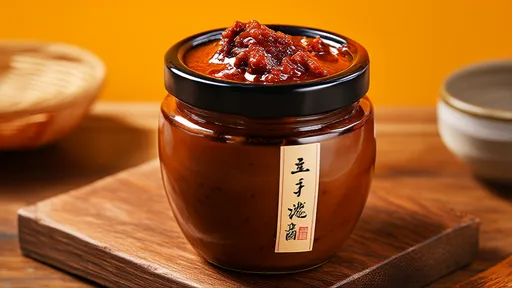
By /Jul 31, 2025

By /Jul 31, 2025

By /Jul 31, 2025

By /Jul 31, 2025
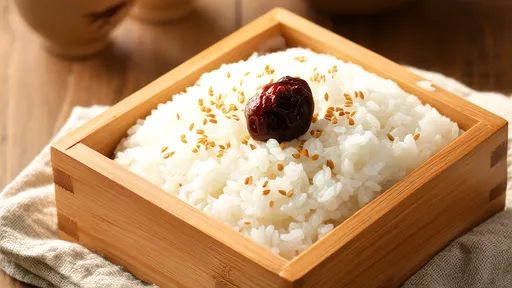
By /Jul 31, 2025
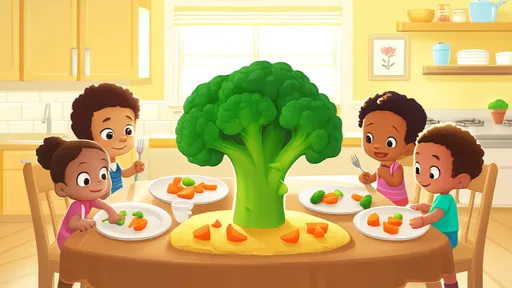
By /Jul 31, 2025
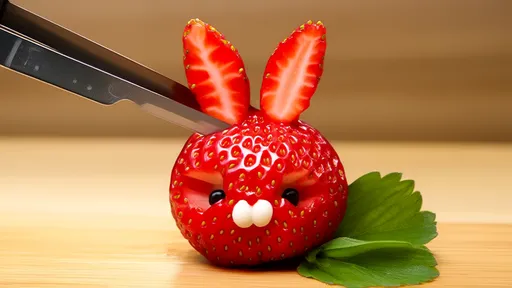
By /Jul 31, 2025
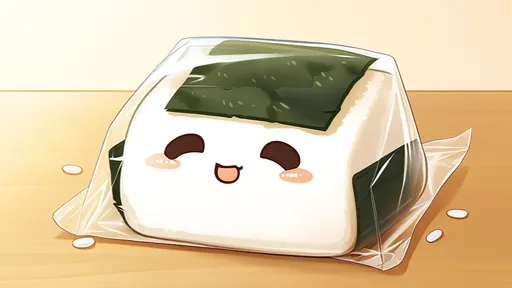
By /Jul 31, 2025
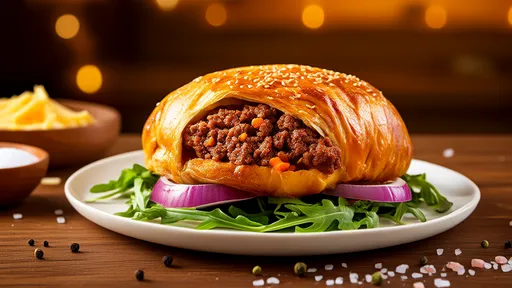
By /Jul 31, 2025

By /Jul 31, 2025

By /Jul 31, 2025
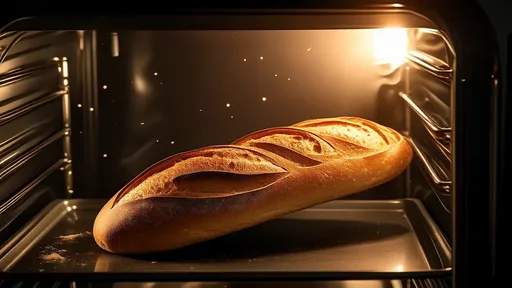
By /Jul 31, 2025

By /Jul 31, 2025

By /Jul 31, 2025
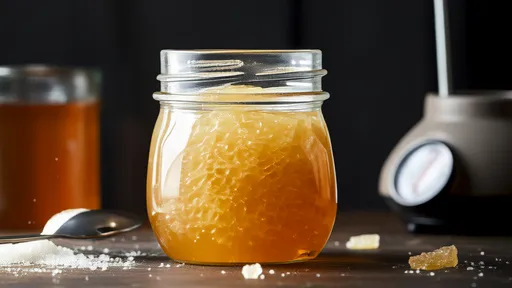
By /Jul 31, 2025
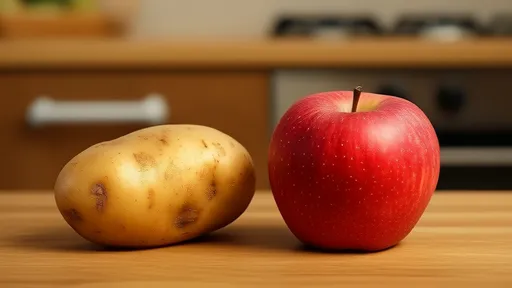
By /Jul 31, 2025
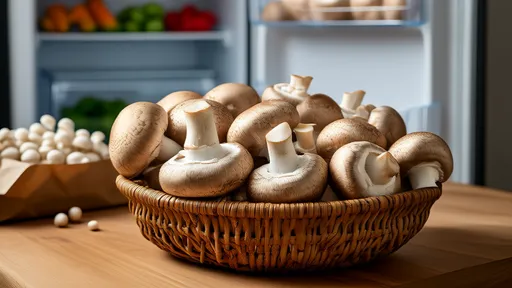
By /Jul 31, 2025
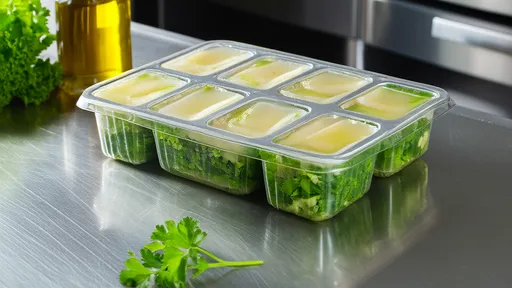
By /Jul 31, 2025
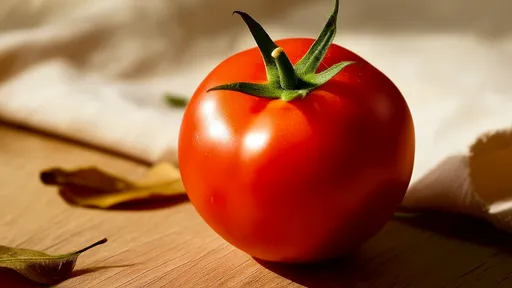
By /Jul 31, 2025